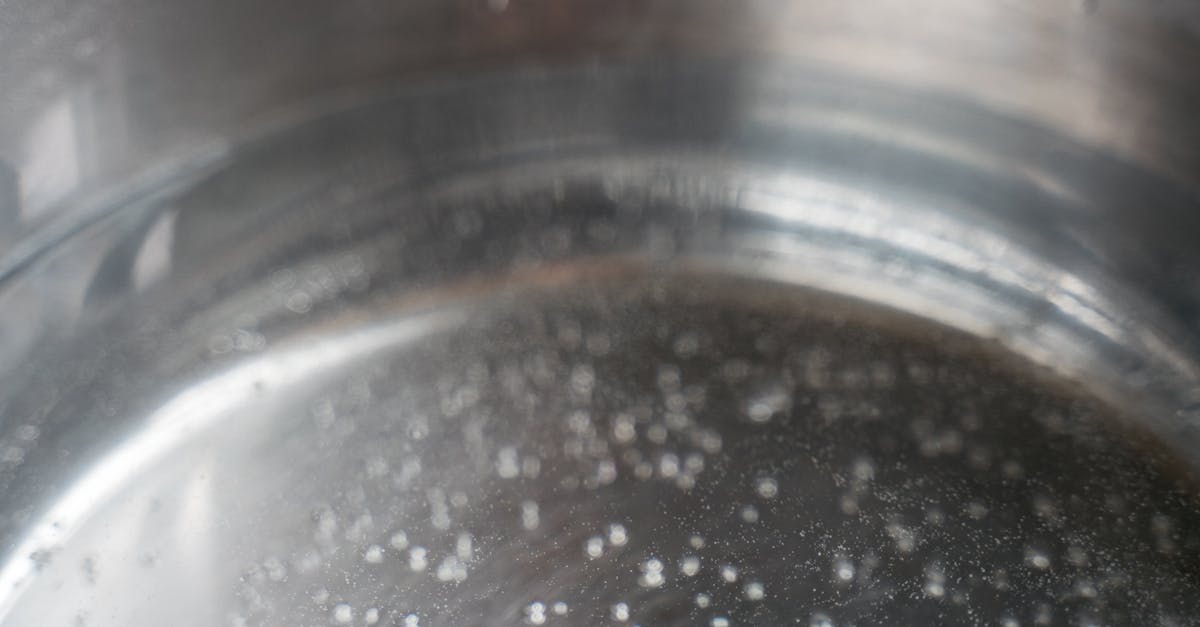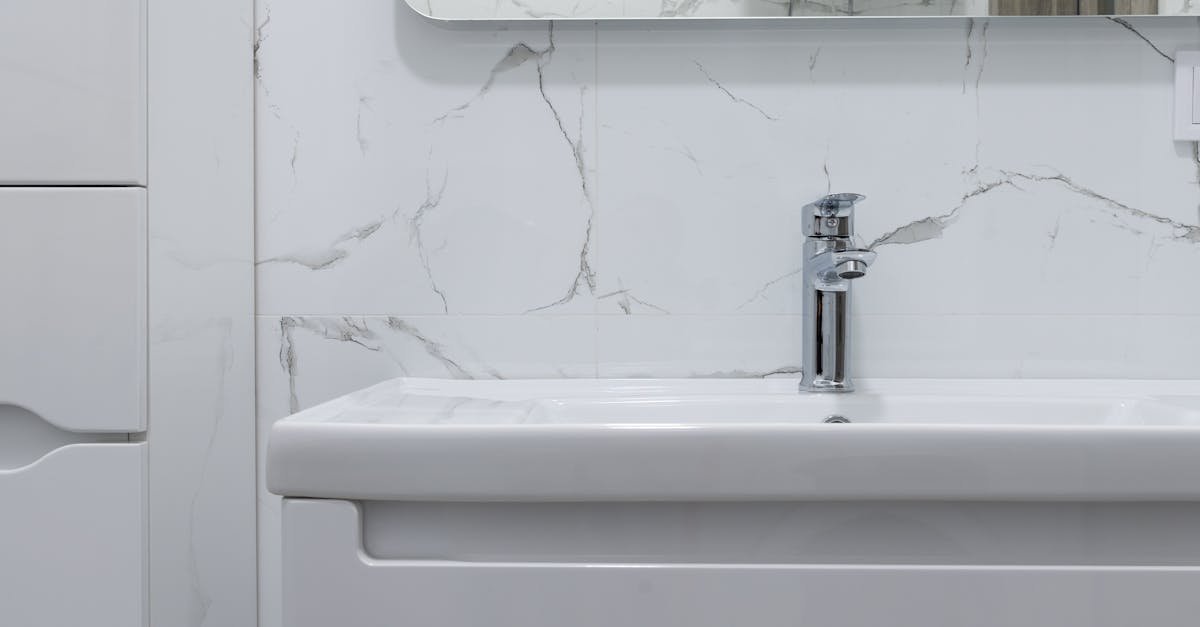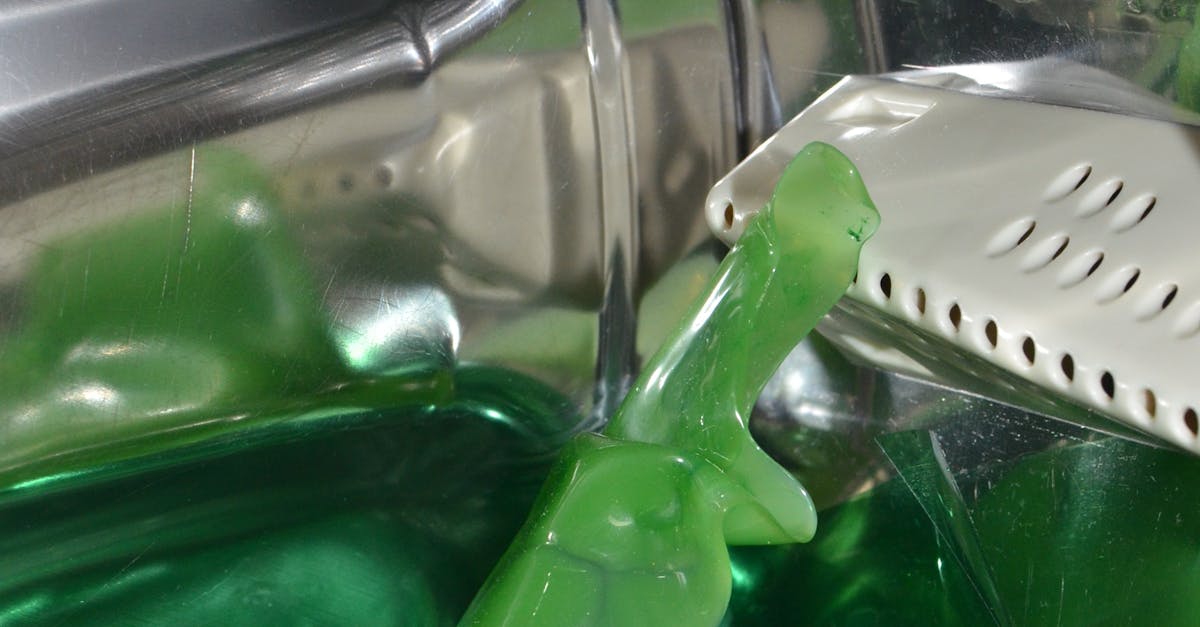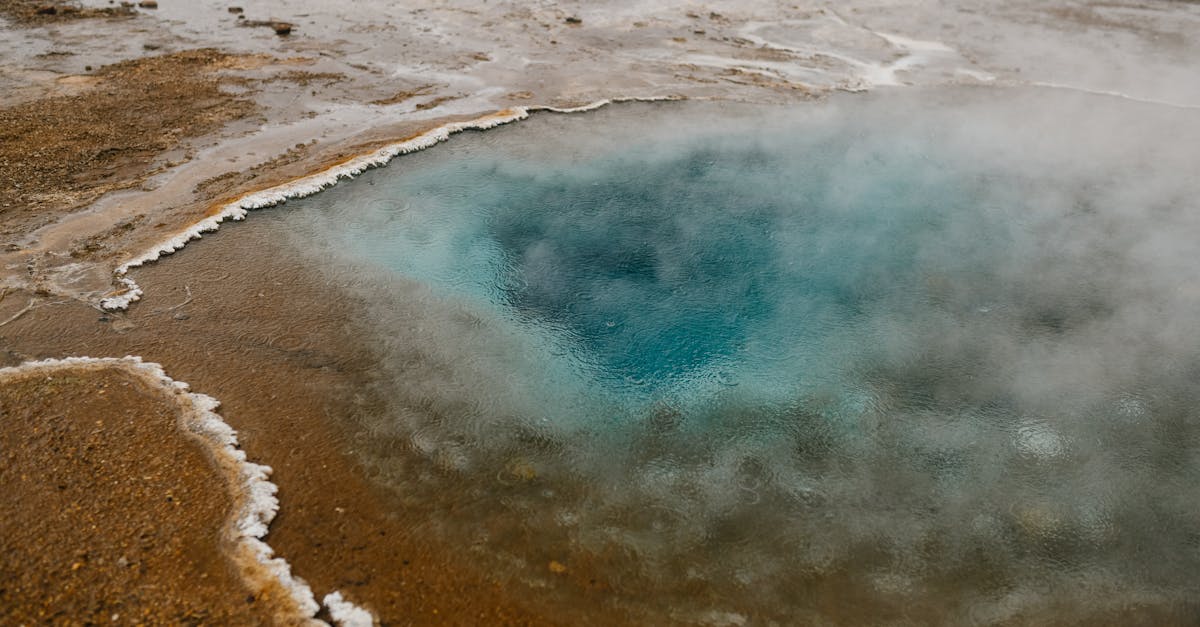
Table Of Contents
Clearing Sediment from Faucets
Sediment buildup in faucets can impede water flow and affect water quality. One of the easiest ways to address this issue is by cleaning the faucet aerator. This small mesh screen at the end of the faucet collects debris over time. To clean it, unscrew the aerator, and soak it in a solution of vinegar and water. This helps dissolve mineral deposits that may have accumulated. After soaking for a while, scrub with a soft brush to remove any remaining sediments before reassembling the aerator.
Regular hot water system cleaning can help minimize sediment buildup in your plumbing fixtures. Part of this routine should include checking and maintaining your faucets. If you notice decreased water pressure or a change in water color, it may indicate a need for cleaning. Keeping the aerators clear not only ensures better water flow but also enhances the overall performance of your hot water system. By incorporating these maintenance practices, you can prolong the life of your plumbing and ensure efficient operation.
Techniques for Cleaning Faucet Aerators
Cleaning faucet aerators is an essential step in maintaining your plumbing and ensuring optimal water flow. Begin by turning off the water supply to the faucet to prevent any spills or splashes during the process. Remove the aerator, which is typically located at the tip of the faucet, by unscrewing it with your hands or a pair of pliers if it is tightly fitted. Soak the aerator in a mixture of equal parts vinegar and water for about 30 minutes. The acidity of the vinegar helps dissolve any mineral buildup and sediment that may have accumulated.
After soaking, use a soft brush, such as an old toothbrush, to gently scrub the aerator parts. This helps remove stubborn debris that the soaking may not fully dislodge. Rinse each component thoroughly under running water to ensure that no residue remains. After cleaning, reassemble the aerator and reattach it to the faucet. Regular maintenance like this is vital for your Hot Water System Cleaning, as it helps to prevent blockages and promotes better water quality throughout your home.
Maintaining Your Hot Water System
Regular maintenance of your hot water system is essential for optimal performance and longevity. Over time, sediment can accumulate within the tank and pipes, leading to decreased efficiency and potential damage. Implementing a schedule for hot water system cleaning can help prevent buildup and ensure that your system operates smoothly. Routinely checking temperature settings and inspecting the anode rod will also contribute to extending the life of your system.
It is advisable to flush your hot water tank periodically to remove any sediment. A thorough cleaning should include draining the tank and rinsing out any residue that has settled at the bottom. This process not only enhances the water quality but also promotes better heating efficiency. Monitoring the condition of your hot water system and performing regular maintenance can help you avoid costly repairs and maintain a reliable supply of hot water.
Best Practices for Prevention
Regular maintenance is key to preventing sediment buildup in your hot water lines. A schedule for Hot Water System Cleaning should include inspections and routine flushing to remove accumulated debris. Ideally, homeowners should aim to perform this task at least once a year. This practice not only improves efficiency but extends the lifespan of the water heater, ensuring it operates smoothly.
Additionally, installing sediment filters can significantly reduce the amount of debris entering your hot water system. These filters catch particles before they can reach the heater, providing an extra layer of protection. Keeping an eye on your water’s clarity also helps identify potential issues early. A proactive approach minimizes future sediment problems and maintains optimal water quality throughout your home.
Signs You Need to Flush Your System
The importance of monitoring your hot water system cannot be underestimated. Signs that indicate a need for flushing include discolored water, reduced water pressure, and unusual noises coming from the water heater. These symptoms often suggest sediment buildup, which can lead to further complications if not addressed promptly.
Regular hot water system cleaning helps maintain efficiency and prolongs the life of your equipment. If you notice a persistent metallic taste or foul odor in the water, these can also signal the presence of debris within your system. Ignoring these indicators may result in more severe issues, making early detection essential for effective maintenance.
Indicators of Sediment Issues
Sediment buildup can manifest in several ways, indicating that your hot water system may require attention. One of the most obvious signs is a decrease in water pressure, particularly when using hot water. You might notice that showerheads and faucets output a weaker stream than usual. Over time, this can lead to frustration and prolonged wait times for hot water to reach desired temperatures.
Another indicator is the presence of discoloration in your hot water. If you observe a reddish or brown hue, this may suggest rust or minerals accumulating inside the pipes or water heater. Unpleasant odors or strange noises coming from the water heater can also signal sediment issues. Keeping these signs in mind can help you determine when it’s time for hot water system cleaning.
FAQS
What is sediment buildup in hot water lines?
Sediment buildup in hot water lines refers to the accumulation of minerals, such as calcium and magnesium, as well as debris that settles at the bottom of water heaters and pipes, potentially leading to reduced efficiency and flow issues.
How often should I flush my hot water lines?
It is generally recommended to flush your hot water lines at least once a year to prevent sediment buildup. However, if you live in an area with hard water, you may need to do this more frequently.
What tools do I need to flush my hot water lines?
To flush your hot water lines, you typically need a garden hose, a bucket or drainage area, and possibly a wrench to open the drain valve on your water heater.
Can I flush my hot water lines myself?
Yes, flushing your hot water lines can be a DIY task. However, it is important to follow the manufacturer's instructions for your specific water heater and take necessary safety precautions.
What are the signs that indicate I need to flush my hot water system?
Signs that you need to flush your hot water system include reduced water pressure, discolored water, rumbling noises from the water heater, or frequent temperature fluctuations.





























